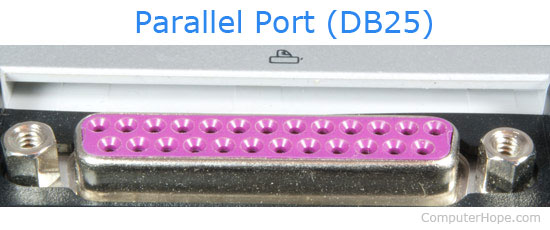How to change the LPT port within CMOS
On legacy computers that use the LPT port to connect software to a printer connected to a parallel port, follow these steps to configure the port in system BIOS (basic input/output system).

Change LPT port mode
When connecting a parallel device to a computer, such as a parallel port printer, it may be necessary to change the mode that it's using. Changing the mode prevents conflicts or allows the device to communicate with the computer in the first place. Examples of parallel port modes include unidirectional, bidirectional, EPP (enhanced parallel port), and ECP (extended capabilities port).
To configure this setting in CMOS setup, find the parallel port mode and change it from its current setting to the setting suggested by the peripheral manufacturer.
If you are unsure what setting to use, we suggest bidirectional or EPP if available.
If your printer or other peripheral manufacturer is suggesting a parallel port mode that is not available, see if your motherboard manufacturer has a BIOS update. If no BIOS update is available that extends the available parallel port modes, consider upgrading the computer motherboard.
Change LPT port
It may also be necessary to change from LPT1 (0x3BC) to LPT2 (0x378) or LPT3 (0x278). By default, all computers assign the LPT port to LPT1. If you're changing this value either because of resource conflicts or the need for addition LPT ports, change the setting to manual in the CMOS setup.
